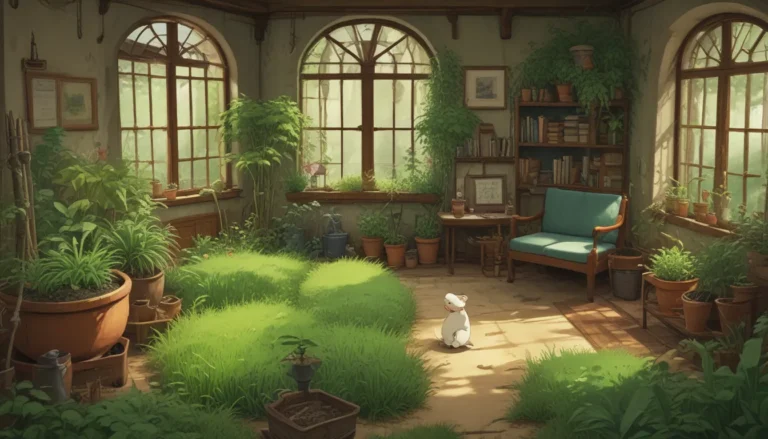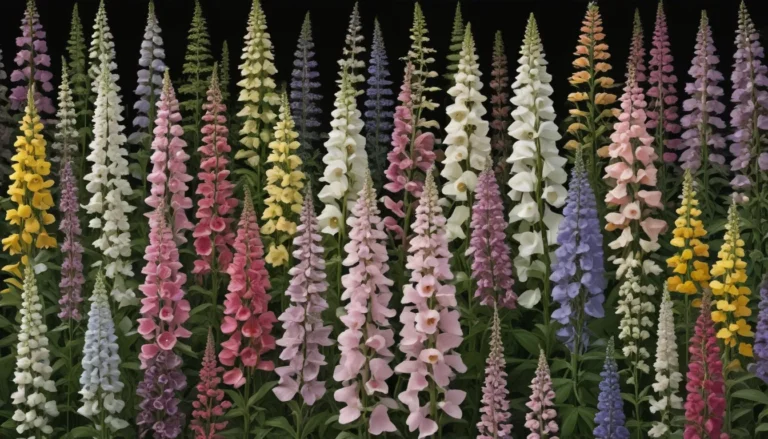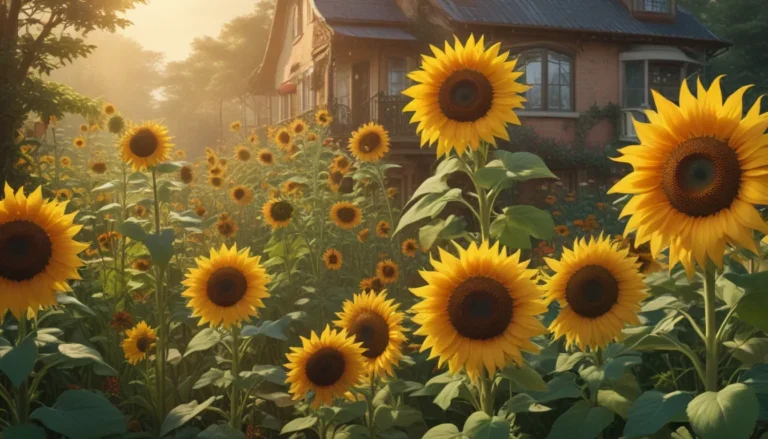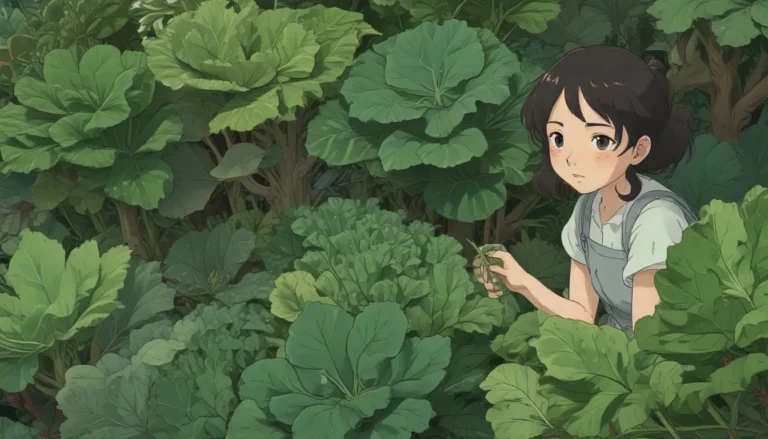The Ultimate Guide to Cold-Hardy Lavender Varieties Perfect for Cooler Climates

Are you a lavender enthusiast who wants to grow this aromatic herb in a cooler climate but isn’t sure which types are suited for the task? Lavenders are known for their heat-seeking nature, but there are varieties that can handle colder temperatures with ease. In this comprehensive guide, we’ll explore some of the best cold-hardy lavender options that thrive in USDA Zone 5 and even Zone 4 winters.
These cold-resistant varieties are perfect for regions with low humidity and summer temperatures that stay below 90°F. If you’re ready to add some cold-hardy lavender to your garden, keep on reading as we dive into the best species, hybrids, and cultivars designed for cooler climates.
Best Lavender Varieties for Cooler Climates
- Avignon Early Blue
-
This compact variety blooms from mid-spring into summer with fragrant, deep purple-blue buds that open to violet petals. It’s a great choice for mass planting in drifts or low barriers.
-
Grosso
-
One of the most fragrant lavenders, Grosso features large purple flower heads on tall stems. It blooms abundantly from midsummer to fall and is excellent for borders and hedges.
-
Hidcote
-
A classic English cultivar, Hidcote is highly fragrant with dark purple buds that open to deep lilac flowers. This versatile variety is perfect for beds or containers.
-
Imperial Gem
-
Imperial Gem is a beautiful, compact lavender with fragrant royal purple buds that open to lilac flowers. It’s a great choice for patio planters and rockeries.
-
Lacy Frills
-
A unique white cultivar, Lacy Frills has a deep, sweet fragrance with long white florets and blue-green foliage. It’s perfect for borders, containers, and rock gardens.
-
Lady
-
Lady is a dwarf specimen with mauve flowers and soft green foliage. This variety is great for low barriers and herb gardens, and it flowers reliably in the first year.
-
Munstead
-
Extremely fragrant with blue-purple buds, Munstead is a timeless classic that works well in beds, hedges, and rock gardens. It creates gorgeous drifts of color when mass planted.
-
Phenomenal
-
This lavandin variety has long spires of purple-blue flowers and silvery gray foliage. It’s disease-resistant and perfect for patios, drifts, and cutting gardens.
-
Provence Blue
-
Evocative of the lavender fields in France, Provence Blue produces aromatic royal purple buds that open to lilac flowers. It’s ideal for containers and herb gardens.
-
Sensational
- True to its name, Sensational is a highly perfumed lavandin with long spires of purple-blue flowers. It’s a top performer in gardens with cold winters and summer humidity.
-
SuperBlue
- Richly aromatic with violet blue flowers, SuperBlue is free-flowering in the late spring to early summer garden. It’s perfect for borders and containers, and it has good heat tolerance.
For more information on how to plant and care for lavender in cool regions, check out the Planting Primer section below.
Bonus: Planting Primer for Cool Regions
To ensure your cold-hardy lavenders thrive in cooler climates, here are some essential tips to keep in mind:
-
Provide Full Sun Exposure: Lavenders need full sun to thrive, so make sure to plant them in a sunny spot with adequate spacing for air circulation.
-
Ensure Well-Draining Soil: Lavenders prefer well-draining soil, so loosen the soil and add landscape sand or gravel for improved drainage if necessary.
-
Prevent Root Rot: To prevent root rot, avoid overly wet conditions by creating hills or mounds for planting to ensure free drainage.
-
Prune Regularly: Prune lavenders to maintain compact, showy plants and minimize winter damage. Refer to our pruning guide for more details.
-
Protect Against Harsh Weather: In areas with cold temperatures, provide protection against freezing temperatures and drying winds to help lavenders thrive.
By following these tips, you can set your cold-hardy lavenders up for success in cooler climates.
Chill Out with Cold-Hardy Lavenders
Cold-resistant lavenders are not only beautiful but also tough and resilient, able to handle harsh winters with the right care. With full sun, excellent drainage, and a little pruning, you can enjoy their perfumed beauty for years to come.
What are your favorite lavender varieties for cooler climates? Share your thoughts in the comments below, and for more information on growing herbs in your garden, check out our guides on creating an abundant edible herb garden, growing herbs in containers, and spring care tips for your herb garden.





